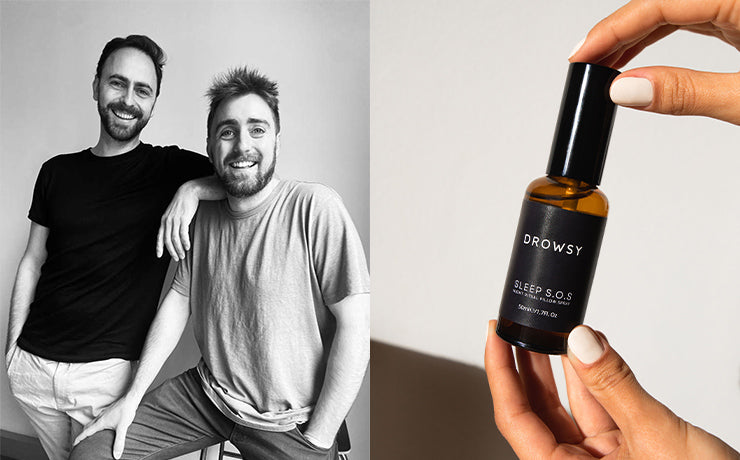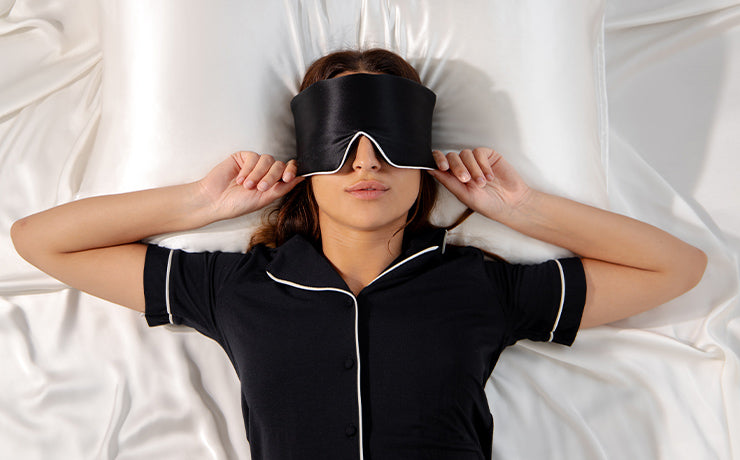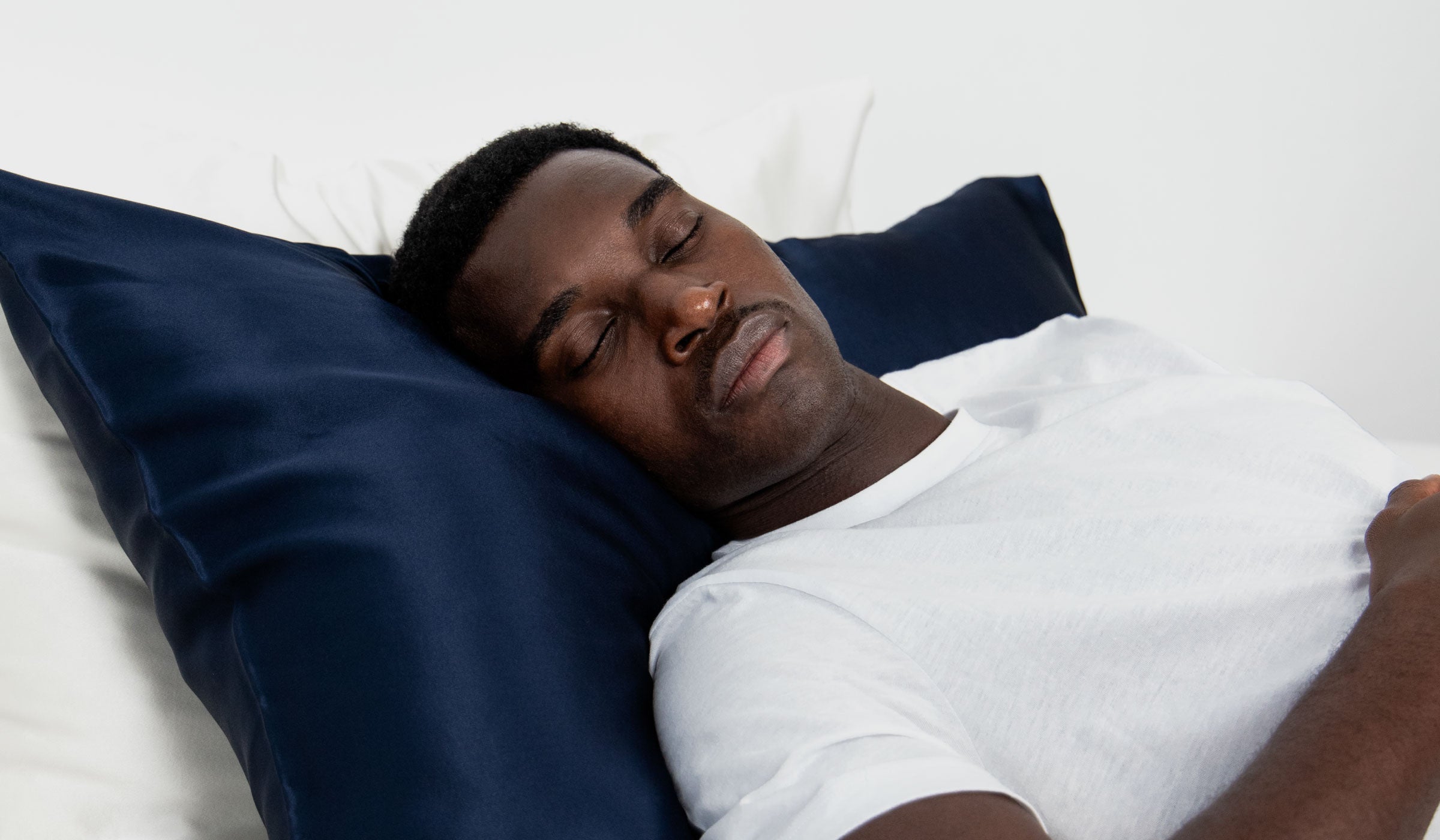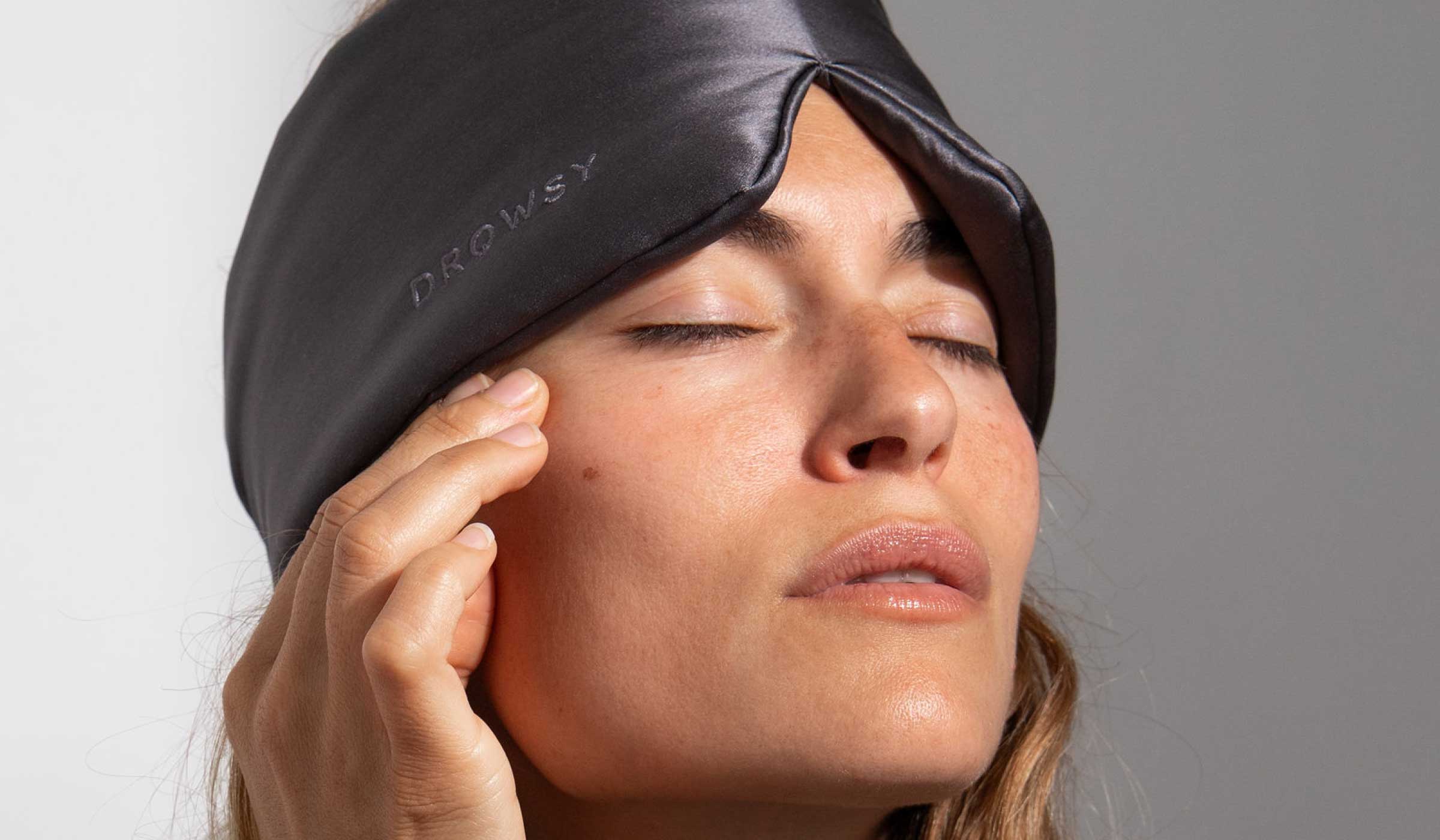What are the Best Sleeping Positions
After a long day, the first thing on your mind is curling up under the covers and getting a well-deserved shut-eye. You probably even settle into your favorite sleeping position without much thought about it. But does a sleeping position affect your sleep quality? You bet it does.
During sleep, your body restores and repairs itself. Your sleeping position can either boost or hinder that process, depending on how well your spine is supported. For example, lousy sleep positions might lead to new aches or back pain when you wake up. On the other hand, a good sleep posture can reduce snoring and sleep apnea or ensure a good night's sleep for pregnant women.
If you experience stiffness in the back, neck, or shoulders, it's time to switch it up with your sleep positions. You might not see overnight progress, but training yourself little by little can significantly impact your sleep quality. However, if you're uncomfortable with that, don't stress it. You might be able to slightly moderate your favorite sleep position to get the most out of it.
1. FETAL POSITION
Probably the best sleep position, which involves sleeping on your side while hugging your knees on your chest like a baby. The fetal position is beneficial for people experiencing problems with snoring or for pregnant women with lower back pain. However, it can have its downsides.
For instance, if you curl your body to extremes, you might restrict deep breathing. Sleeping in a tight position might also cause stiffness or joint pain, leaving you sore in the morning. The key here is keeping your posture loose but still comfy.

2. SLEEPING ON YOUR SIDE
Another common position is side sleeping, but contrary to the fetal position, you're not curled up in a ball. There are three variations:
-
Sleeping with your arms on your sides: ideal for supporting the natural curve of your spine. It reduces back and neck pain as well as obstructive sleep apnea. However, it might lead to aging faster due to gravity pulling down the skin and causing wrinkles and saggy breasts.
-
Sleeping with your arms out: although you still enjoy some of the perks of side sleeping, putting your arms out might cause shoulder pain due to restricted blood flow and pressure on the nerves.
-
Sleeping on your right or left side: yes, the side you sleep on makes a difference. Sleeping on your left side is ideal for pregnant women as it boosts circulation to the fetus. At the same time, it minimizes acid reflux. However, it might also strain your organs, such as your liver and lungs. Sleeping on your right side usually worsens heartburn.
3. SLEEPING ON YOUR BACK
One of the best sleeping positions is sleeping on your back. Thanks to gravity, this position allows you to maintain an even alignment with your spine while reducing pressure on your back and joints. Additionally, it relieves knee and hip pain while ensuring a young-looking face with fewer wrinkles. There are two variations to sleeping on your back:
-
The starfish position: in other words, sleeping flat on your back with your arms extended upwards like a starfish. It's excellent for skin protection and spine support, but it can also cause snoring or issues with acid reflux, as well as discomfort in the shoulder area.
-
The arms by your side position: the creme de la creme of sleeping positions for your neck, spine, and head. However, back-sleepers are more prone to snoring and sleep apnea.
4. SLEEPING ON YOUR STOMACH
This sleep position ranks at the end of our list, as it causes more problems than solutions. While it's beneficial for sleepers who struggle with snoring, sleep apnea, or digestion issues, there are no other benefits.
That's because in order to breathe while lying on your stomach, you have to tilt your head to the right or left side. As a result, you strain your muscles and joints, waking up feeling even more tired than you went to sleep. Moreover, it causes back and neck pain since it leaves the curve of your spine unsupported.

5. SLEEPING WITH PILLOW SUPPORT
Not exactly a position, but pillow support can make a huge difference in a good night's sleep. Back-sleepers can use a pillow under the arch of their spine for further support. Stomach sleepers can put a pillow under their hips for joint support. Finally, side sleepers can put a pillow between their knees.
TIME TO BOOST YOUR SLEEP QUALITY
Considering that we spend one-third of our lives sleeping, it's no wonder sleep plays a significant role in our body's restoration and health. The National Sleep Foundation recommends 7-9 hours of sleep every night for adults between 18-64 years old, and a proper sleep position is an excellent way to improve sleep quality.
To take your sleeping habits to the next level, opt for a complimentary eye mask that'll block ambient light, help you nod off faster, and reach deep REM sleep every night. A sleep mask can protect your skin from friction, especially if you struggle with tossing and turning while sleeping, ultimately avoiding wrinkles and fine lines.
At Drowsy, we crafted a luxurious silk mask for maximum comfy vibes and uninterrupted beauty sleep. Choose your favorite among 18 sensual colors and enjoy the sensational feeling of switching off the world. Dive into the elegance of the Dusty Gold Silk Eye Mask, embrace the tranquility of the Midnight Blue Sleep Mask, or indulge in the vibrant allure of the Sunset Pink Sleep Mask and the soothing touch of the Lavender Haze Sleep Mask. Each color promises not just a sleep aid but an experience, enveloping you in a cocoon of serene luxury every night.






